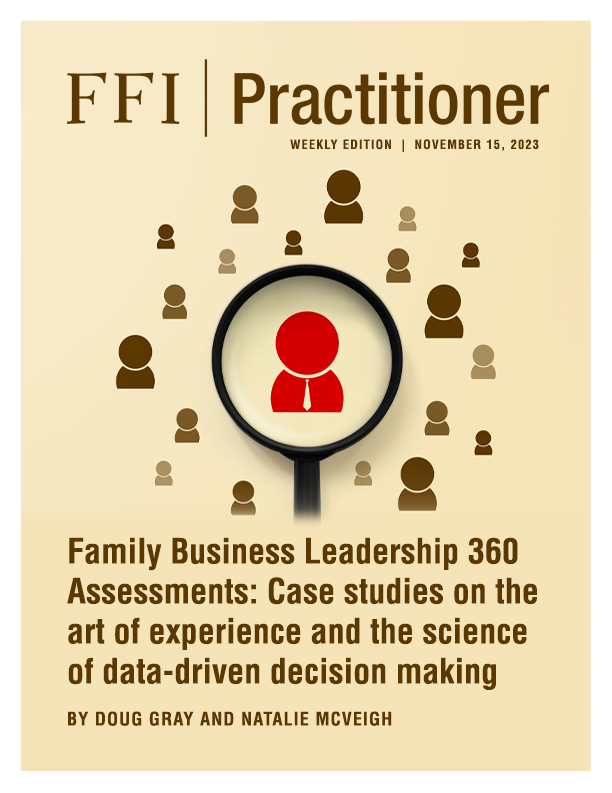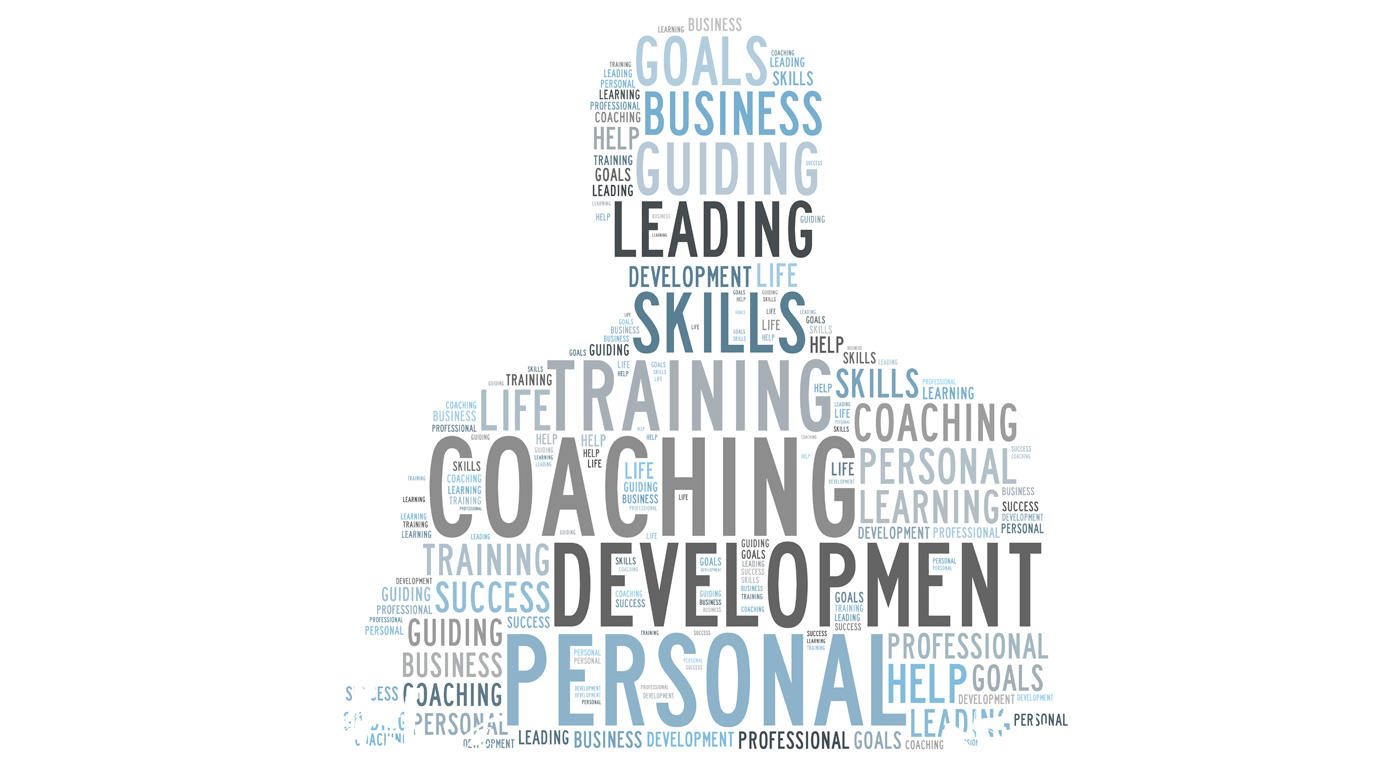
A second, and related, common problem is that potential leaders in the next generation, whether in their twenties or fifties, do not know how to demonstrate their capacity to the senior generation. As one client said, “I just don’t know how to prove to my father that I am ready to take over.” Sometimes, the rising generation adopts a variation of the “patient capital” model—waiting for years and enduring too many sleepless nights.
Although effective advisors assess strengths and gaps of potential successors, recommend succession options, and serve the broader family needs, these advisors could still benefit from the using the intersection of these two common problems to practice both the art of experience and the science of data-driven decision making.
Family Business Leadership Assessment Tools
There are countless validated assessment tools that may be useful for leadership development or for identifying family business strengths, weaknesses, blind spots, and hidden strengths.
Here are some questions to consider before choosing an assessment tool to use with a client:
- Is it designed to describe a theory or model?
- Is it designed for academic or business application?
- What evidence exists to show how the assessment tool can impact business results?
- What is the data set that the assessment tool has been normed against?
- What are the measures of reliability and validity?
Example: The Assess Next GenTM 360 Leadership Process
Here are two mini-case studies describing examples of a process that we have used with multiple family business leaders across a variety of sectors.
Individual Case Study
Natalie had a new family business executive coaching client for whom she wanted to provide validated 360 feedback to support the possibility of her client’s succession as the next-gen leader. Specifically, she wanted to assess the perceived leadership effectiveness of her client, beyond the anecdotal feedback from others and beyond the client’s self-report. To encourage the client organization’s participation in the assessments and to model how family and non-family members could provide feedback to one another, she needed to engage with family members who had never provided direct feedback to one another. Utilizing a methodical 360-assessment process and feedback sessions with the client, Natalie was able to increase family harmony, improve the quality of direct communication among family members, and validate that the client was well respected and perceived as capable of serving as the next-gen successor. By integrating the feedback received from diverse participants, Natalie provided specific behavioral directions for the next-gen leader, making the assessment a turning point for the family to improve their communication.
Sidebar
Principal, CFAR
Team Case Study
Doug had worked for eighteen months with a mid-management team of five in a fast-growing company. The team was preparing for a year of transition, with the non-family president and CFO moving into newly created board roles. The owner and executive leadership team requested a 360-leadership development assessment process for all five members of the leadership team to be completed within two months. Because two of the client leaders were family and three were non-family leaders, Doug used two different versions of the Assess Next GenTM 360 Leadership Assessment process.
The results provided specific behavioral feedback that quickly brought value to both individuals and the organization. One leader was re-assigned to support new market needs. Three leaders were given new titles and compensation increases. About half of the workforce (seventy raters) participated in the 360 assessment by providing confidential feedback, which included both quantitative and qualitative data. The quantitative data included a thirty-two-page PDF report that ranked fifty behaviors by scores, five systems (family, business, ownership, learning, and individual), and data visualization graphs that identified strengths, weaknesses, blind spots/derailers and hidden strengths/talents. The most detailed data summary provided scores and gaps from each of the seven rater groups (owners, board, managers, peers, direct reports, family/friends, and self) for those fifty behaviors. The leader received each rater group’s anonymized feedback, which identified key directions and intensity of calls for behavior change. For example, if the leader’s direct reports identified a gap in behavior, that could indicate to the leader to focus on that behavior immediately. The result for the advisor is a road map for individual development work in the next twelve months.

The owner and executive leadership team respected the confidential design of this performance feedback process and asked only for an executive summary. Doug’s feedback session included a short written summary, the number of raters, and the summary of key behavioral strengths, weaknesses, and gaps. Perhaps the most significant outcome was that all participants in this assessment process—owners, raters, and leaders—learned that they had a voice and opportunities to accelerate a strategic performance feedback process within their family business.
Closing Thoughts
The consultative process is as important as the content, and advisors must work closely with the leader and the family enterprise. Along these lines, advisors can benefit from integrating rigorous 360 assessments to help provide comprehensive analysis of potential leaders in the next generation.4 When utilized properly, this leadership assessment process can provide invaluable direction for the advisor, deep behavioral insight for the owners, models performance feedback and organizational change, and clarifies required behaviors for any decision-makers included in this process.
References
1 Church, A.A., Bracken, D.W., Fleenor, J.W., & Rose, D.S. (Eds.). (2019). The Handbook of Strategic 360 Feedback. Oxford University Press.
2 Adapted from Nieto-Rodriguez, A. (2021). The Project Economy Has Arrived. Harvard Business Review. Reprint R2106.
3 See www.AssessNextGen.com
4 Gray, D.W. (2021, April 6). Distributed Ownership Tips for Family Businesses. The Family Business Consulting Group. https://www.thefbcg.com/resource/distributed-ownership-tips-for-family-businesses/







